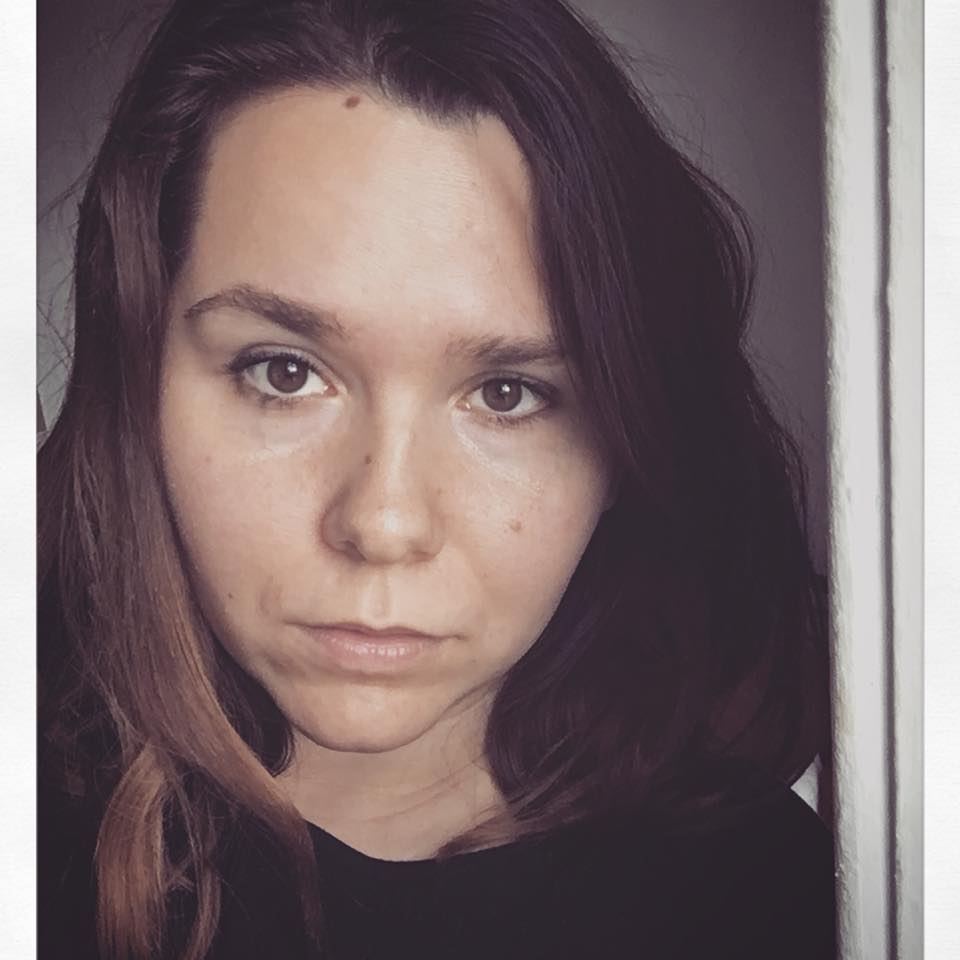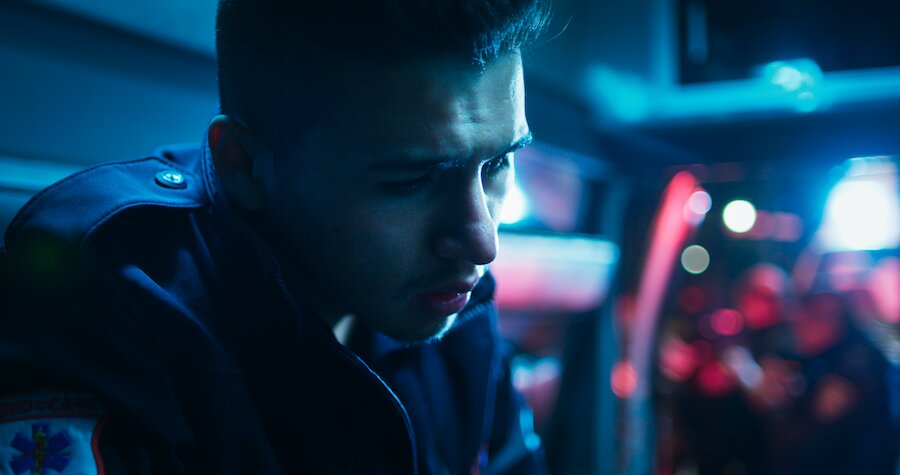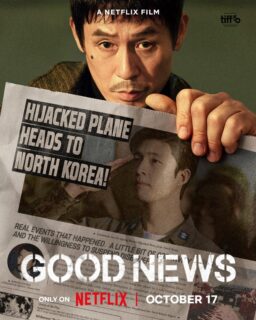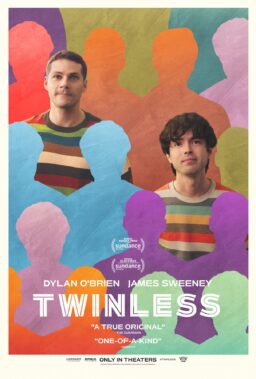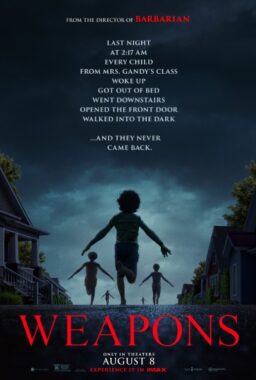In Mexico City, two ambulances race to the scene of an accident. With a camera mounted in the front of the front of the vehicle, we watch as the Ochoa family direct traffic with a loudspeaker and weave between cars. The Ochoa family are among the many for-profit private ambulances that work the streets of the thriving metropolis. But in a city of nine million people, the government operates fewer than 45 emergency ambulances to serve the population. In that resource-void, this for-profit industry has emerged.
Made over the course of three years, director Luke Lorentzen’s “Midnight Family” follows the working nights of the Ochoa family in a visceral documentary experience. Structured around a series of accidents that escalate in terms of tension and moral complexity, the film showcases the industry’s intense atmosphere. Between these various incidents, we see the family in waiting; eating tacos, discussing money and arguing. A narrative balances many different threads, it showcases the many tensions of life on the edge of survival for the patients but also the Ochoa family, who also struggle to make ends meet.
At the RIDM documentary film festival in Montreal, Lorentzen spoke with RogerEbert.com about the filmmaking process, documentary ethics in “Midnight Family.”
Considering the subject matter that daunting to screen Midnight Family for the first time in Mexico?
The first screening we did in Mexico was at the Guadalajara film festival, which was a good experience. Then we played the opening night of Ambulante, which was 3,000 people outdoors in the center of the city, very close to where the film was shot. There were ambulances circling the Plaza, going to scenes and coming back to catch the rest of the film.

How did people respond?
The ambulance system, as it works, is not something people know about. At the same time, the kind of street-level corruption and government dysfunction is something that they are so over-comfortable with [that it] lands with a sense of surprise and shock, but not in the sense that it does in the U.S. It’s more like, “Of course, that’s how this happens.” They’re also able to see a lot more of the comedy. Just in the way the family interacts, some of the words they use and their accents are typical of Mexico City. It plays a bit more, not as a dark comedy, but then there’s just more humor.
How did you meet the Ochoa family and decide to make a film about them?
I moved to Mexico City right after I graduated from college and I went there for a variety of reasons, but it was pretty spontaneous. I was looking for something to do with my life. Through that process, I woke up one morning and parked about one block from my apartment was the Ochoa family. I asked them if I could ride along for a night to just see what healthcare and Mexico city was like and was just like totally blown away on that first evening. I saw a lot of what you see in the film, chasing ambulances to accidents and this family drama set in this underground world.
I filmed over the course of three years and that was not what I expected when I went there for the first time. I was 23 years old and it was very spontaneous but ended up working out. I continue to tell myself that really meaningful things can come from everyday, unexpected encounters.
How did you secure the resources to make the film?
I started mostly on my own with the camera that I already had. I shot enough footage to put together a three-minute sample reel that I then pitched at a festival in Camden, Maine. I met a producer, who’s now my closest collaborator. He took it out to pitch to a few organizations and we got $20,000 from Catapult Film Fund, which was enough to get us really far because I was doing pretty much everything. It was enough to rent an additional camera so I could shoot on the windshield and in the back of the ambulance and pay for some travel. But we shot the film for almost nothing. Once we started editing and had more to show people, we were able to raise a proper budget for editing and sound.
How do you work shooting in such a confined space?
[The cameras are] Sony FS-7s. I use the same camera on the hood of the ambulance as I did in the back. It was a matter of me of night after night learning how to navigate this space. The Ochoas had such a repetitive routine that I could make pretty firm decisions about how to shoot things. I built this muscle of kind of navigating really tricky situations with a pretty clear sense of where people would end up moving and what the shots are like. It took months of trial and error before I got even close to that. Most of the film, despite having shot over the course of three years, comes from the last three weeks of production, like 75% of it. That’s for a lot of reasons, one of which is that I just didn’t know what I was doing in the beginning. And the other is my relationship with the family just like continued to grow and the intimacy got better and better until I was finally where I needed to be.
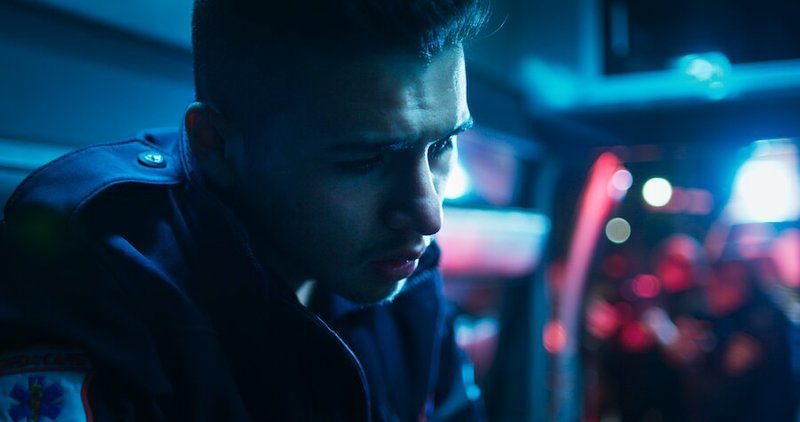
You’re dealing with people like in very vulnerable situations where you do manage to preserve so much of their privacy and so much of their autonomy. How much of this was a conscious choice?
In the middle of really emotionally gut-wrenching moments, I needed to stay razor-focused on framing something just enough so that you know what’s going on and have a sense of a person, a real individual being there while keeping their privacy. The way I started shooting the kind of initial concept for the film was to see if I could tell the whole story just with the one camera mounted on the windshield. I don’t know if you’ve seen “Manakamana” but that film really inspired me. I wanted to see if I could tell a story with just one angle. You would hear and get a sense of what was happening outside and in the back, but you would never see it. Part of that was that was, I just didn’t feel comfortable filming patients and I didn’t know how to kind of deal with that process. Night after night, I slowly kind of observed and started to think about how I might begin shooting in the back. Little by little I expanded what I was willing to film and that grew into what you see in the film. It would come down to showing up to an accident about half the time just turning the camera off because it didn’t feel right or someone asked me not to stop filming or I just like didn’t feel like I could get the right kind of permission. And then half of the time I would be able to. People, in a really surprising way, were far more willing to share some of these moments than I expected them to be.
Part of my process was trying to connect with people. Not all of it is perfect, you know it’s a messy world and part of wanting to shoot it alone was to kind of thread the needle of some really complicated situations with my own kind of ethical gut, and not put that on a crew member or kind of a larger team who might think differently about it. I did have a singular moral grounding that I would take through the whole process.
Early on I felt when I was in the ambulance I felt sometimes like the Ochoas are my best friends and that they were just the most lovely people. Then sometimes I really feared for some of their patients and dealing with that kind of spectrum of feelings, in terms of how the systems work, I knew that the worst version would sugar coat how complicated it all gets. I did feel responsible to not just the Ochoa family and giving them the dignity that they had showed me but also to the patient’s side of the story, which was also valid and who were put through some things they shouldn’t have been.
How did editing process work?
The concept of what I wanted to do came very early, but it took so long to get the material to support that idea. The idea was simple, the film would have five or six accidents and in each accident, I want the moral complexity to increase. There is also a tension between this family trying to survive, patients trying to survive and the two kinds of bumping into each other in different ways throughout the film. The first couple of accidents give you key bits of information that you need, like how this ambulance works, who the characters are. And then the midpoint of the film is when you kind of see how they get paid by this one hospital, you might not fully process it at that moment, but it is a breadcrumb that hopefully, you come back to at the end of the film.
I had this chart that I would draw, that kind of looked like a heartbeat. It was a huge simplification. I think when you’re editing a film, it’s good to kind of heighten things, emotional qualities to think about them in absolute terms, knowing that they are far more ambiguous and complicated, but it would be kind of moments that added to their heroicness and then moments that had it to their darkness and wanting the film to oscillate.

Can you talk about the film’s sound design, especially considering the tight-quarters and the DIY atmosphere, how did you achieve such a rich sound mix?
I had an audio recorder that was bolted to my camera. Then I had four wireless channels so everyone would have a wireless mic and there was a shotgun to capture other sounds. All I was focused on was getting clear dialogue and nothing else. Once we locked the edit of the film, with a team of sound designers, we went back to the ambulance and put microphones in different places and structured them like a sound system—the way a theatre is structured. The thinking was to imagine the theatre as being the ambulance. We spatialized sound in a way that threw you into that space in a really immersive way. There was a team of three amazing people who spent like two months just doing sound. It was what we spent most of our budget on. There’s no music in the film but there’s just so much to play with in terms of the emotional qualities of all these sounds.
I want to even do better on the next film, by really starting early on in the process. How do we go about recording sound that makes this as immersive and real and powerful? “Manakamana” is another example that inspired me. Like all the Harvard Sensory Ethnography films, sound is present in a very forward way.
The balance between loudness and quietness was also visual. I wanted to be able to have these crazy chase scenes and then give you just like an empty street shot for nine seconds. Just give you this moment to just like get a palate cleanser so that you can feel something in the next scene and not be so overwhelmed. And so just thinking about the edit was creating these spaces where people could take a breath, but not so much so that they disconnected with the sound.
